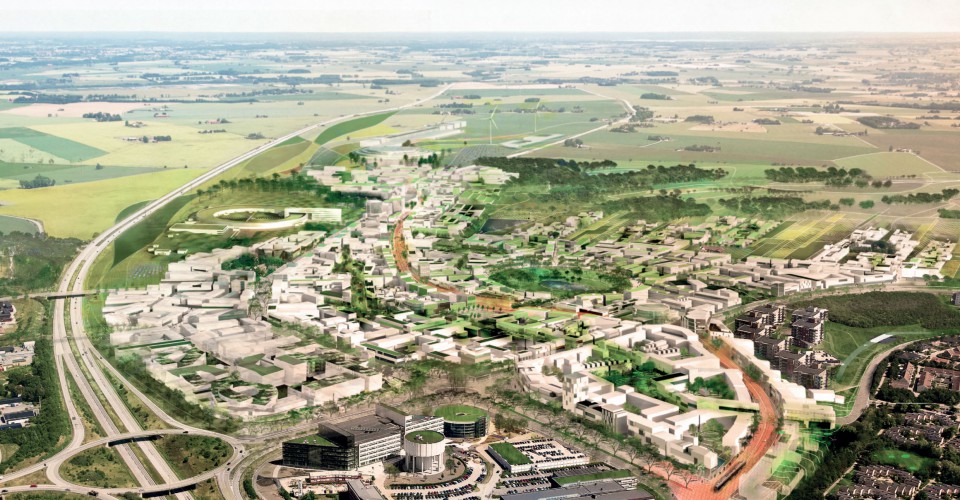Javascript is disabled
Javascript seems to be disabled. This will break some core site features. Please enable javascript or revisit this site from another device.
A visit to World-Class Research Facilities
The state-of-the-art research facilities ESS and MAX IV equip the whole of Europe with globally leading neutron and synchrotron super-microscopes. During the IVC 21, we will organize guided tours to MAX IV and ESS and hear presentations from experts on how can these advanced instruments and materials research undertaken at these facilities address challenges in basic science as well as in industrial applications.
The site visits has limited seats and will take place on Wednesday afternoon, July 3rd
Please check you namebagde for information regards to time. For thoose without time, the busses will leave outside the venue at 13.30. All others has the time on namebadge at 15.30.

MAX IV
MAX IV is currently is the world’s most brilliant synchrotron light source. MAX IV is used for research projects within physics, chemistry, engineering, pharmacology, biology, environmental science, geology, and cultural heritage. At MAX IV one can examine molecular structures and surfaces in a far more detailed way than before by using techniques such as imaging, spectroscopy and scattering. MAX IV offers researchers and the industry unique opportunities to study and develop for instance, new drugs, efficient batteries and solar cells as well as alloys, paper, fabrics and plastics with new functions and properties. MAV IV is open for users since spring 2017.

ESS
The European Spallation Source will be a world leader in experiments that expose materials to intense beams of neutrons in specialized instruments. The resulting images will reveal the molecular structure of materials, allowing scientists to explore their physical and chemical properties on a whole new level. ESS is a pan-European project, with Sweden and Denmark serving as host countries. The main research facility is based in Lund, Sweden and the Data Management and Software Centre is located in Copenhagen, Denmark. The ESS is expected to deliver its first neutrons by the end of the decade, with the user program to follow in 2023.
